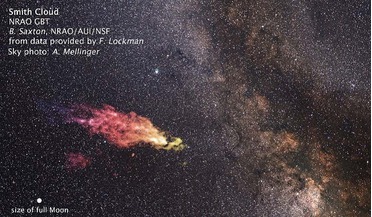 01 February 2016
Enormous gas cloud on a collision course with the Milky Way
01 February 2016
Enormous gas cloud on a collision course with the Milky Way
... leader Andrew Fox of the Space Telescope Science Institute in Baltimore, Maryland. "It's telling us that the Milky Way is a bubbling, very active place where gas can be thrown out of one part of the disk and then return...
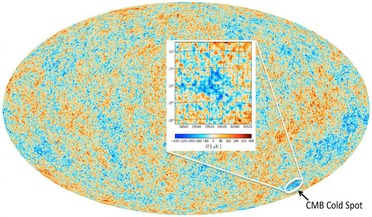 26 April 2017
Cold Spot in CMB could be evidence for a multiverse
26 April 2017
Cold Spot in CMB could be evidence for a multiverse
... most exciting of these is that the Cold Spot was caused by a collision between our universe and another bubble universe. If further, more detailed, analysis of CMB data proves this to be the case then the Cold Spot...
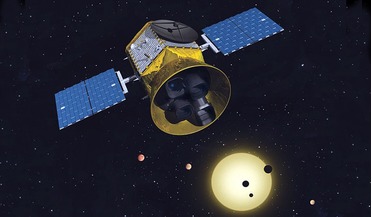 02 January 2018
2017 - What a year!
02 January 2018
2017 - What a year!
... of a neutron star merger and scientists surmise that our Universe might have had a collision with another bubble universe after a 'cold spot' anomaly was found in the cosmic microwave background (CMB) radiation. The Asgardia...
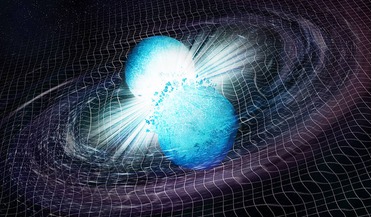 04 June 2018
More surprises for neutron star merger GW170817
04 June 2018
More surprises for neutron star merger GW170817
... generate a very strong magnetic field as it spun very rapidly. The production of the field then initiates an expanding bubble of high-energy particles that emits light as bright X-ray emission. Purposely watching the event alongside LIGO...
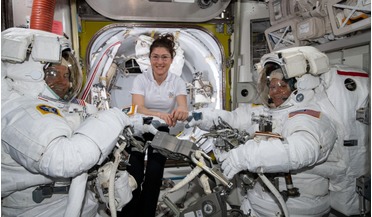 27 March 2019
NASA to land humans on the Moon again by 2024 - but with better fitting spacesuits hopefully
27 March 2019
NASA to land humans on the Moon again by 2024 - but with better fitting spacesuits hopefully
..., avoiding space debris while being wrapped up in a suit that feels like you’re padded from head to toe in bubble-wrap. Nor should it turn-back decades in the quest for equality; its just an unfortunate case of terrible...
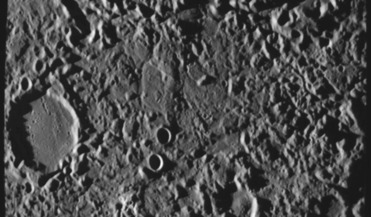 27 March 2020
Mercury's crust could have had episodic habitable conditions, new study says
27 March 2020
Mercury's crust could have had episodic habitable conditions, new study says
... were covered by magmatic hotspots that extended from from near-equatorial to subpolar regions. As lava in the hotspots bubbled up to the surface, it caused widespread volcanic plains to form and the regional heat flow to decrease. This in turn...